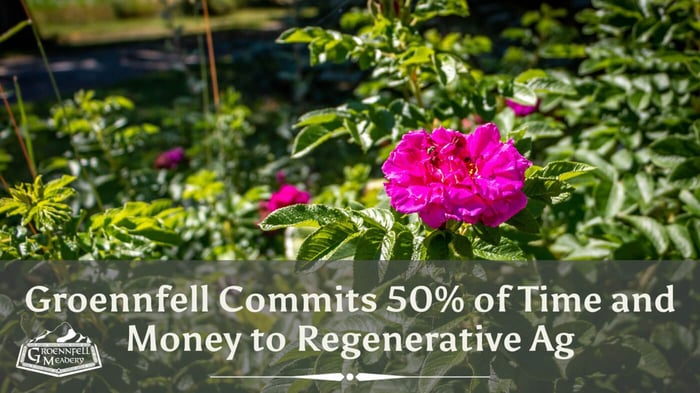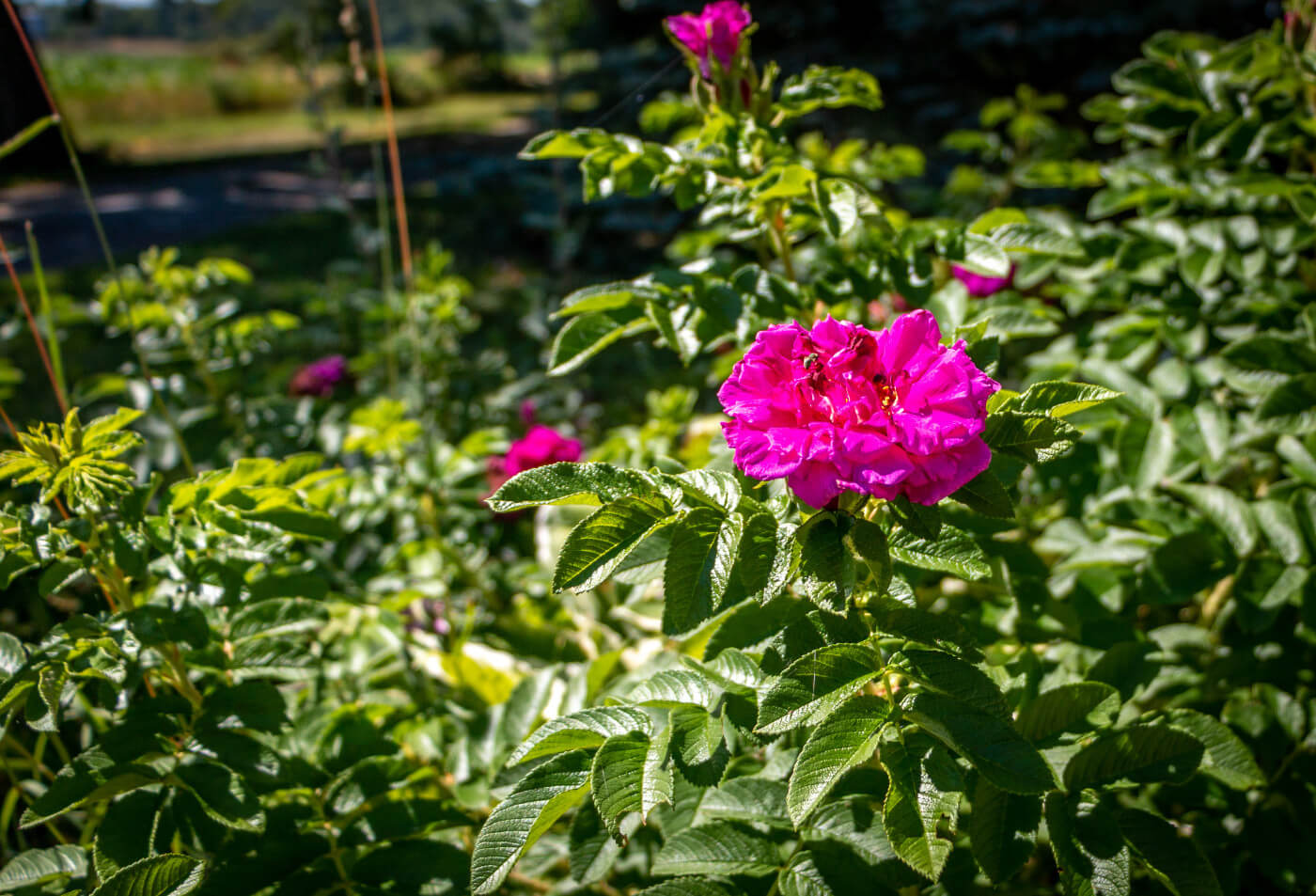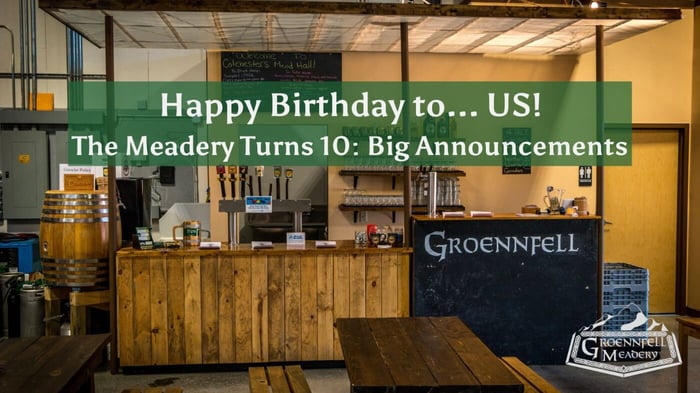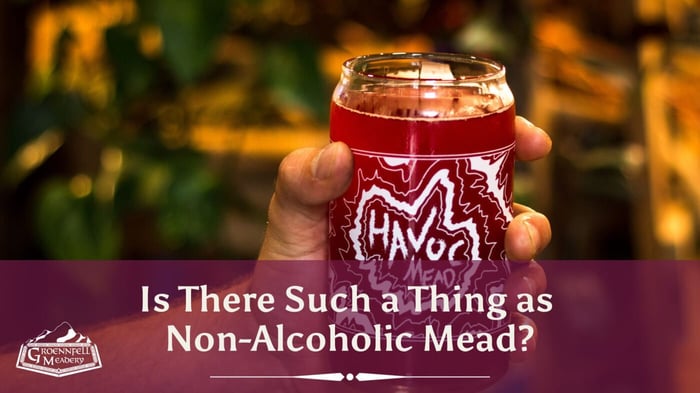As part of our 10 Year Anniversary, we announced that we're committing half of our time and resources to Regenerative Ag. Today, I want to talk about what that means and how we made this decision.
And, no, this does not mean we're going to stop making mead, throwing feasts, selling books, or any of those other things. In fact, regenerative ag has been in the background of all of those things all along.
For more on our long-time commitment to regenerative ag, check out this post about our farm.
To check out our farm's brand new website, head over to Bondegaard.farm!
What is regenerative agriculture?
There is no strict definition for "regenerative ag" and that's a good thing. You can't simply look up a list of "regen" practices and follow them.
Unlike the related concept of "sustainable ag" (another term without a strict definition), regenerative practices acknowledge that simply sustaining any of our current practices (agricultural, social, etc.) won't be sufficient to provide for a happy, healthy, thriving ecosystem (inclusive of humans) now and in the future.
So, our definition of regenerative ag (which adapt from John Kempf and Farmer Jesse) is:
Regenerative agriculture is a system of agriculture which acknowledges the needs of the farm, farmer, community, and larger ecosystem and seeks to regenerate plant health, animal health, farm health, ecosystem health, and human health with an understanding that all of these things are deeply connected.
As John Kempf once said, "You know a regenerative farm because it feels different when you walk onto it. You can feel the life in it."
The way I like to think about it is this: You know the difference between a normal dinner and a feast. No one needs to tell you that something is a feast; you just feel it.
While this may seem a little "wishy washy," it has several big advantages.
First, it allows for the definition and practices of regenerative ag to grow and change as we learn more from our land and the knowledge of our fellow humans. "Regenerative" looks different on every farm, but always works towards the same end.
Second, it makes it difficult for a big corporation to coopt the term.
Third, it looks beyond the farm to the wider community (human and otherwise) and allows us to integrate it into our practices and mission. Baby Erik breathing clean air under a bright sun is as much a part of regenerative ag as the harvest of our herbs.
Why are we making such a big commitment to regenerative agriculture?
For more on why we have a farm at all, please check out our article about Bondegaard or visit Bondegaard.farm!
The question is, why did we choose to make such a big commitment to it?
Honestly, it's because of the kids. Not just our kids, all of them.
Craft mead is great. We've made hundreds of thousands of gallons of it, but after ten years, we've realized we need to do more for the coming generations. While a very small piece of the Climate Change puzzle, we believe that agriculture can be a force for good, regenerating farms, ecosystems, and communities.
We also feel drawn to it personally. All of the best intentions in the world won't amount to much if you don't have the energy to stick with it. There are literally millions of ways we can make a difference in this world, and regenerative agriculture is the one we never tire of; it's one of the things that gives us deep joy.
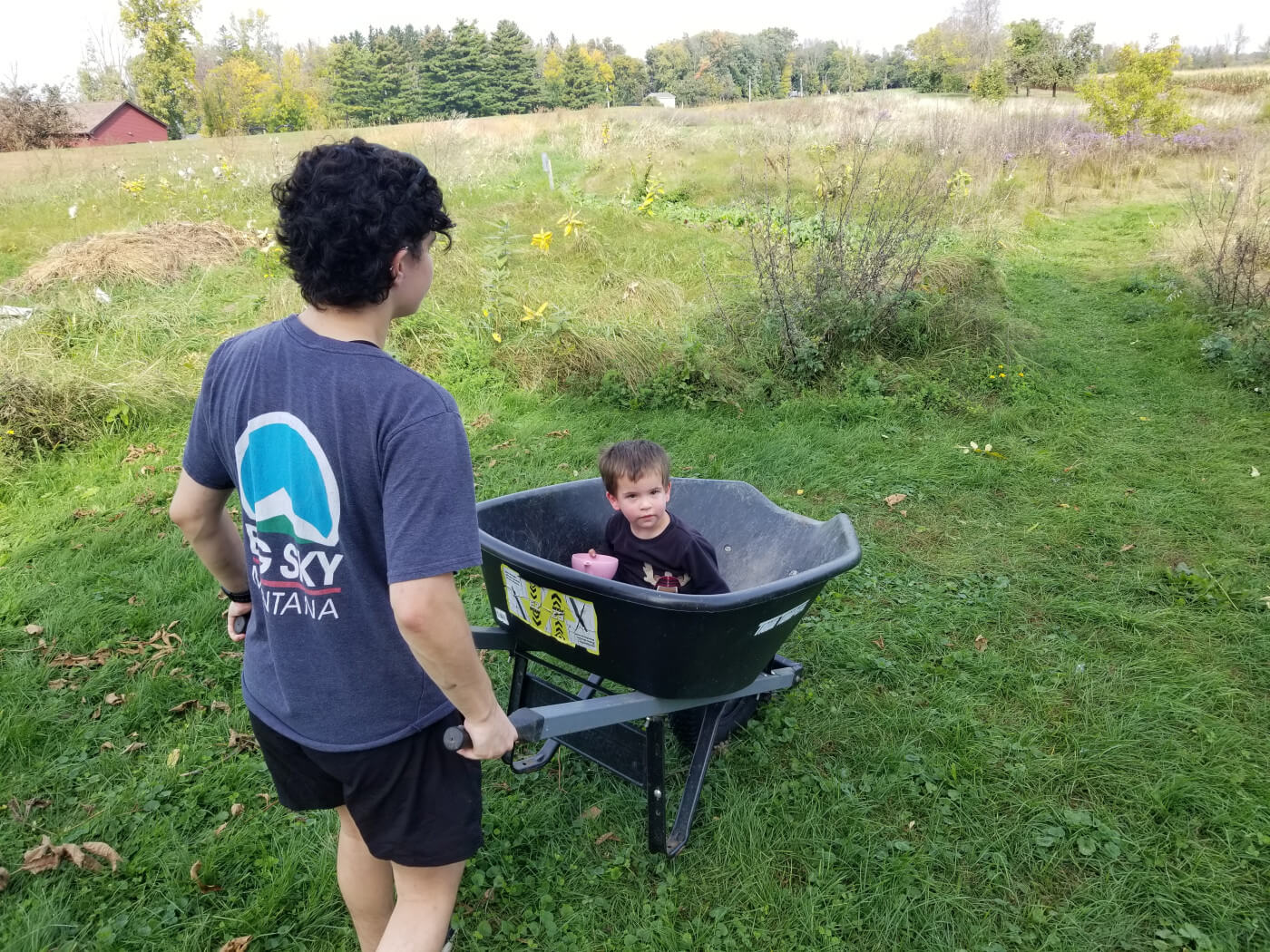
What does this commitment look like in practice?
As we were approaching our ten year anniversary, the whole team met about how we want to show up in the decades to come.
This was a year-long process made up of chats while canning, intentional meetings, mulling it over while mowing, and a lot of Slack messages.
The two things that came up over and over again were our commitment to Feasting and our power as a business to do good for the people and the planet. Going Solar, getting Renewable Natural Gas, and the other things we've done to make our mead Net Zero has been a great start, but we felt like there was so much more we could do.
As mentioned above, of the millions of things we all can do, we all felt moved to use our time and energy to discover (and re-discover) practices that make a real difference in the health of our staff, communities, ecosystem, and the wider world. For us, this was regenerative ag.
As part of this process, we also completely eliminated advertising with mega-corporations (which shall remain nameless, but you know who I'm talking about) focusing, instead, on directly supporting our community (both in Vermont and around the world).
This freed up our time and financial resources to focus on the growth that really matters.
How can you support our work?
All of your purchases continue to support our research and they are so appreciated. You can also now follow the farm directly at Bondegaard.farm or on Instagram!
We're starting a HUGE research project in 2024, so if you want to head on over to either of those links above, you'll be the first to know when we launch it.
Thank you, Meadiacs, for helping us do our part to make this world a happier, healthier place to live. Please let us know how we can help you in your mission.

